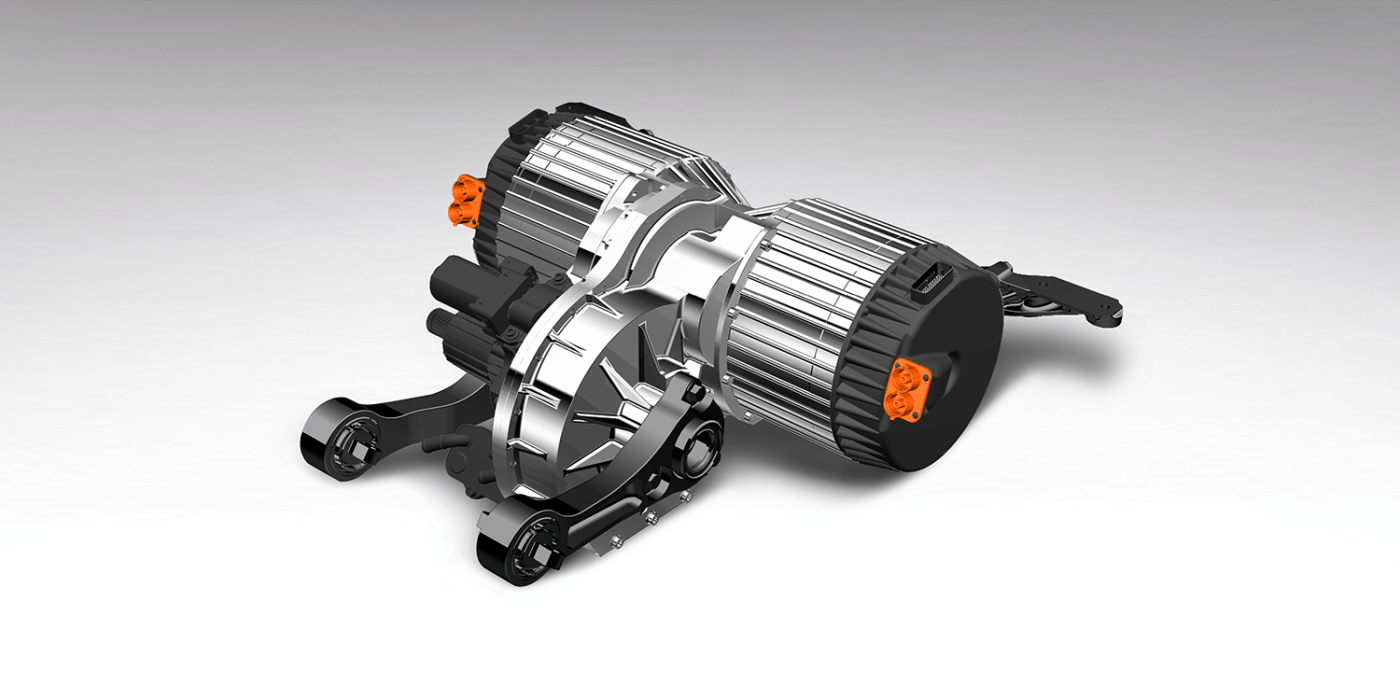Bentley to develop integrated e-axle
VW’s luxury subsidiary Bentley has announced a three-year research project to improve the drive train of electric cars by means of a fully integrated e-axle without rare earth magnets.
The e-drive system that should also be recyclable will be the focus of the Octopus project (Optimised Components, Test and simulatiOn, toolkits for Powertrains which integrate Ultra high-speed motor Solutions) sponsored by the British government and involving nine partners from the UK. The aim is to have the electric drive system ready for practical application by 2026, the year in which Bentley plans to launch its first all-electric model.
The Octopus project will develop the design of the engine, power electronics and transmission based on “next-generation materials, manufacturing processes, simulation and test cycles”. In addition, the e-axis is expected to offer “unique levels of integration and revolutionary performance characteristics”.
Bently says that the project is building “on the leading electronics research in the UK” so that the permanent magnet motor is to be developed to eliminate the need for both rare earth magnets and copper windings.
“There remain challenges and package constraints on the viability and flexibility of electric vehicle powertrains that are able to fully support EV architectures,” said Stefan Fischer, director of powertrain engineering at Bentley. “With the industry, technologies and cars changing faster than ever before, research projects such as OCTOPUS are crucial to deliver innovative technologies and overcome challenges for the next generation of mobility solutions.”
Bentley announced last year that all models would be available as hybrids by 2023. For the Bentayga Hybrid available to date, Bentley has adapted the powertrain of the Porsche Cayenne e-hybrid. Until now, however, it sounded as if Bentley would be able to use the Premium Platform Electric (PPE) currently under development by the other Volkswagen brands Porsche and Audi for a fully electric model. Whether this would still be possible with its own integrated e-axle was not mentioned with the announcement of the Octopus project developments.





0 Comments